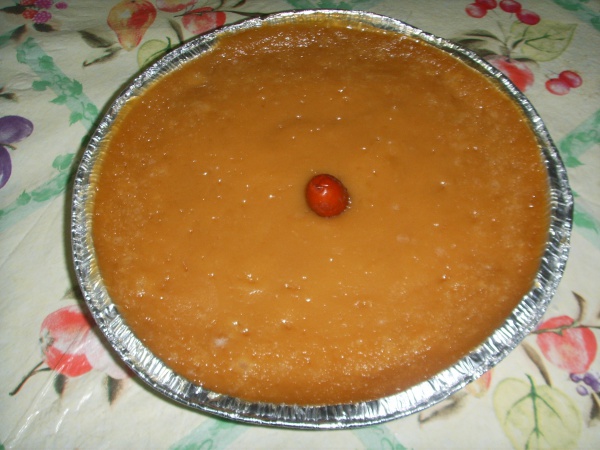Facts About Nian gao
Nian gao, often referred to as "year cake" or "Chinese New Year's cake" is a cherished delicacy in Chinese cuisine made from glutinous rice flour. This confection is particularly popular during the Chinese New Year, as it is believed to bring good fortune and symbolize prosperity for the year ahead. The name "nian gao" phonetically resembles the Chinese phrase for "higher year" which conveys the notion of achieving greater heights annually. Traditionally, this cake is also offered to the Kitchen God to ensure he speaks favorably of the household.
Originally from China, nian gao has transcended its borders and gained popularity in other countries influenced by Chinese culture, including various Southeast Asian nations and Sri Lanka. It is more than just a delightful snack; nian gao often comes in different shapes and designs, making it a meaningful gift during the New Year, each variant carrying auspicious symbols and good wishes.
The process of making nian gao involves using glutinous rice as the main ingredient, which is then pounded or ground into a paste. There are multiple types of nian gao, each reflecting the regional variations within Chinese cuisine, such as those from Guangdong, Fujian, Jiangnan, and Northern China. Each region boasts its own unique preparation methods and flavors.
Moreover, glutinous rice cakes similar to nian gao are enjoyed beyond China in various East Asian countries, such as Myanmar, Indonesia, Malaysia, the Philippines, Sri Lanka, Thailand, and Vietnam. Each country has developed its own version with distinct flavors and names. For instance, in Japan, a comparable rice cake known as mochi is consumed during the New Year, while in Korea, tteok is a well-known rice cake variety.
